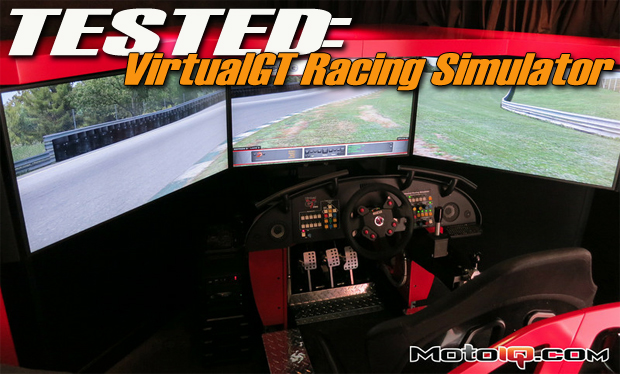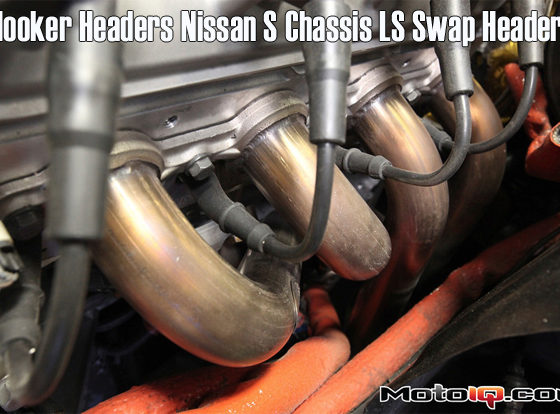,
Feel is one of the critical senses to be replicated to create a realistic simulator and this is where I believe the VirtualGT excels compared to the competition. First, I need to talk about what I feel when I am actually driving a car. It may be a bit of a paradox, but I don’t feel much in the terms of motion when I’m driving hard as compared to cruising or being a passenger (that’s probably also why I don’t get motion sickness when driving but will puke my brains out if I’m a passenger). Maybe it’s because I am highly focused (who knows, I’m not a psychologist, I just like to drive!), but I don’t necessarily feel the heavy G loads from braking, cornering, or accelerating. These motions would fall into the low frequency range as they change relatively slowly. I suppose it is much like how people get use to the feeling of power; at first, a 300hp car feels fast but the sensation of acceleration dulls.
Even guys with 600hp cars will tell you that they get used to the acceleration and desire even more power to get that feeling back. I honestly don’t even notice the G forces generated when I’m driving unless I have a passenger on board. Then I notice because I hear them groaning under the strain of being thrown against the seat belt under braking and against their sides during high G corners; so it’s the other human sense of hearing that tips me off to the G loads and not motion.
 |
| The simulator is a great driving training tool. This gentleman was heading to Laguna Seca in a few weeks’ time to drive a Mustang race car around the track. Ian loaded up a Mustang racecar and Laguna to give the gentleman a preview before actually driving the track in real life. |
So what do I feel when driving hard? The higher amplitude and frequency forces are the ones I notice. Examples include the rear of the car stepping out, high frequency vibrations from running over rumble strips, hitting rough patches of road, the vibrations from the engine, locking up the brakes or having the ABS kick in. These excitations have higher frequencies and amplitudes that register with my brain when I’m driving hard. To reproduce these higher frequency forces (that hydraulic actuators are simply too slow to do), four vibrations transducers are used on the VirtualGT. One transducer is used on the pedal assembly and steering column each while two transducers are used on the driver’s seat.
 |
 |
| This is the three-pedal assembly. The pedal force required feels to be in the same range as real world pedals which help a lot with modulation. The braking level is determined by the pressure pushed on the pedal instead of just how far you push it; this makes it authentic in feel to real world braking. Also, the pedal pressure and positions are adjustable with the pressure being adjustable up to 100 lbs. On the back side of the assembly is the vibration transducer. |
The steering column mounted vibration transducer replicates all those feelings through the steering wheel of hitting the rumble strips, going through the dirt, and vibrations from the engine through solid motor mounts. The transducers on the seat send all the correct vibrations just like a real seat mounted in a car and subjected to the vibrations transmitted though the chassis. The most unique vibration transducer, in my opinion, is the one mounted to the pedal assembly. The issue I’ve had with driving any other simulator is brake feel; there’s just no feedback if the brakes are locking up or the ABS is kicking in. With the VirtualGT, you get that feedback straight through the brake pedal just like in the real world. It makes it much easier to threshold brake as compared to other simulators. I would go as far to say as that it’s nearly impossible to threshold brake in other simulators because you do lack that feedback through the brake pedal. To me, the ability of the VirtualGT to replicate all the higher frequency vibrations give it the feel that drivers depend on to drive a car quickly and puts the VirtualGT a step above any other simulator (including the uber expensive Cruden). Oh yeah, four D-BOX actuators are used to pitch the simulator around to help provide the sensations of roll, pitch, and dive (turning, accelerating, and braking).
 |
| This is a view of the driver’s cockpit. You can see one of the vibration transducers on the back of the driver’s seat. |



